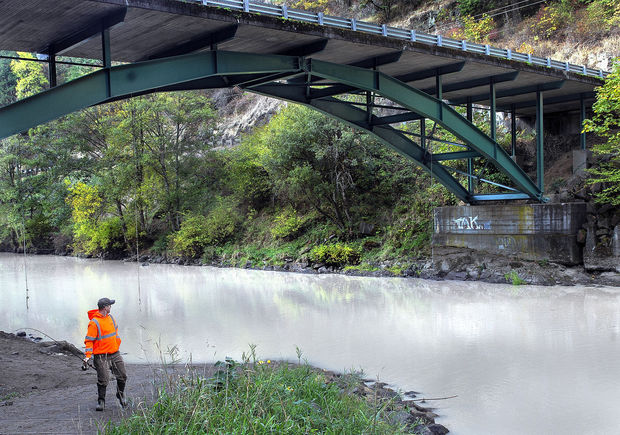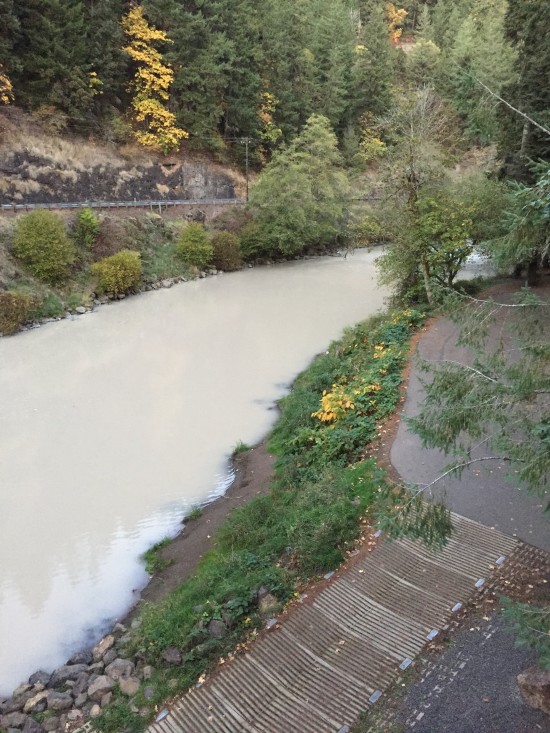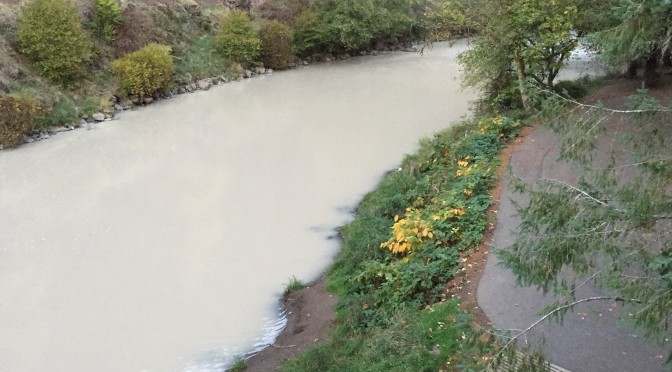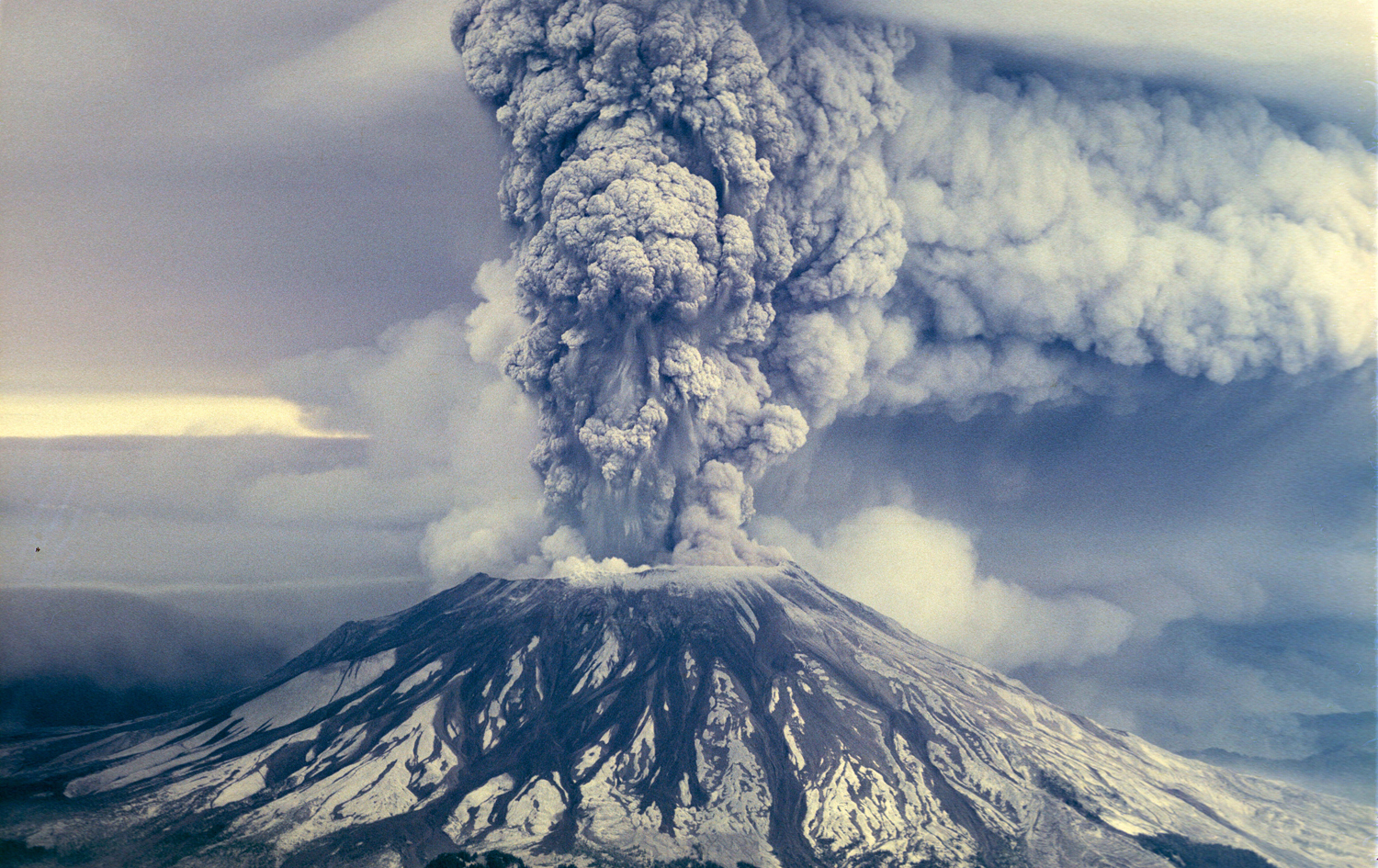The Kalama River turned white on October 11, 2015 and ran about a week in this color.
Although local scientists believe the color originated from volcanic sediment from Mount St. Helens, they have actually no clear ideas. And this is exactly what happened before latest activity.

The Kalama River turned milky white on October 11, 2015 and ran like this about a week before the color disappeared.

Local scientists think volcanic sediment from Mount St. Helens, mainly ash, turned the Kalama River white. But the origin of this mysterious color is still unclear.

Coincidence or not, this strange phenomenon also happened about a week before Mount St. Helens rumbled in 2004 in the weeks prior to Mount St. Helens’ catastrophic blast on May 18, 1980.
So is the ‘white’ river a predictor for future eruptions?

I would not say that this is predicting another eruption. I’m not gonna say never, right? But this appears to be related to the heavy rains on Oct. 10th, said a USGS geologist.












[…] Beginning of this month the Kalama River turned grey. A sign of an imminent eruption at Mount St Helens? […]
[…] Story and PHOTOS: http://strangesounds.org/2015/11/the-kalama-river-turned-white-baffling-scientists-next-eruption-fro… […]
[…] or not, this strange phenomenon also happened about a week beforeMount St. Helens rumbled in 2004 in the weeks prior to Mount St. Helens’ catastrophic blast on May 18, […]